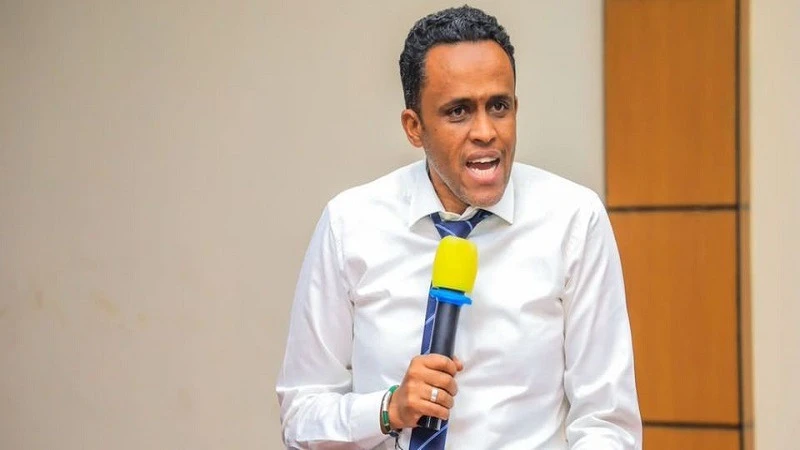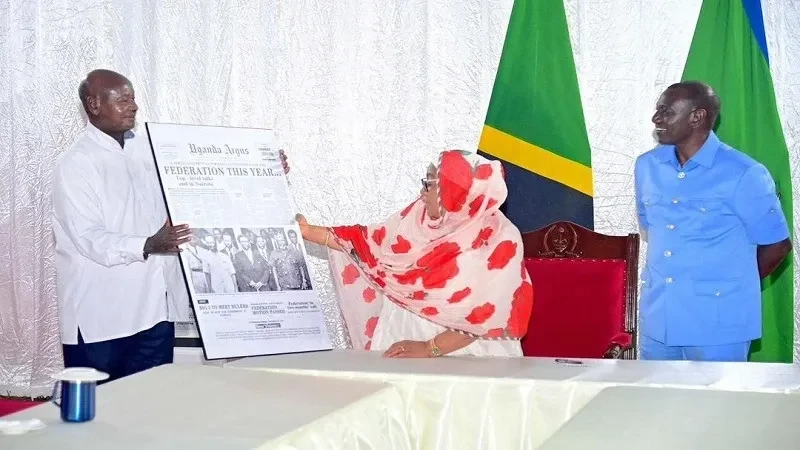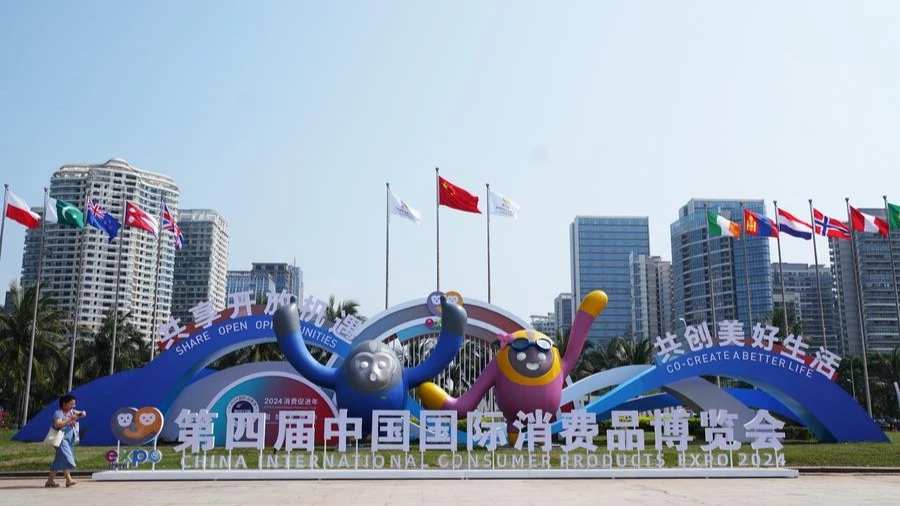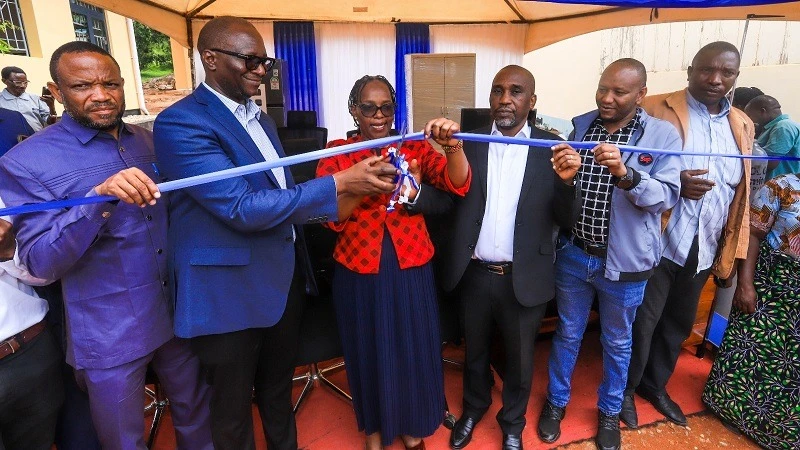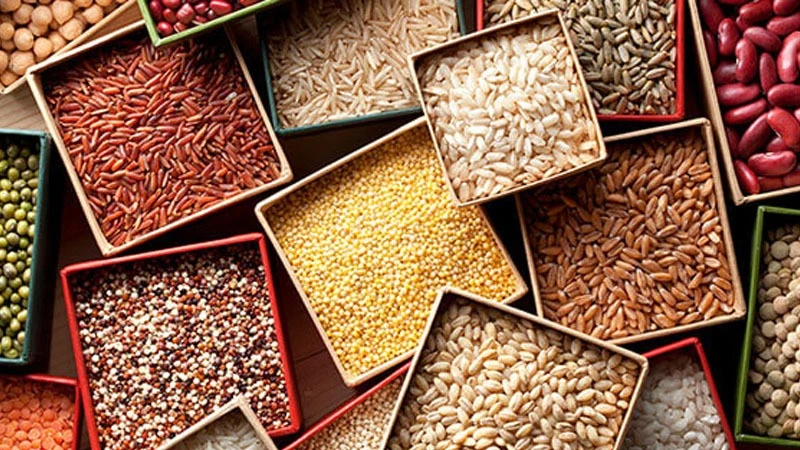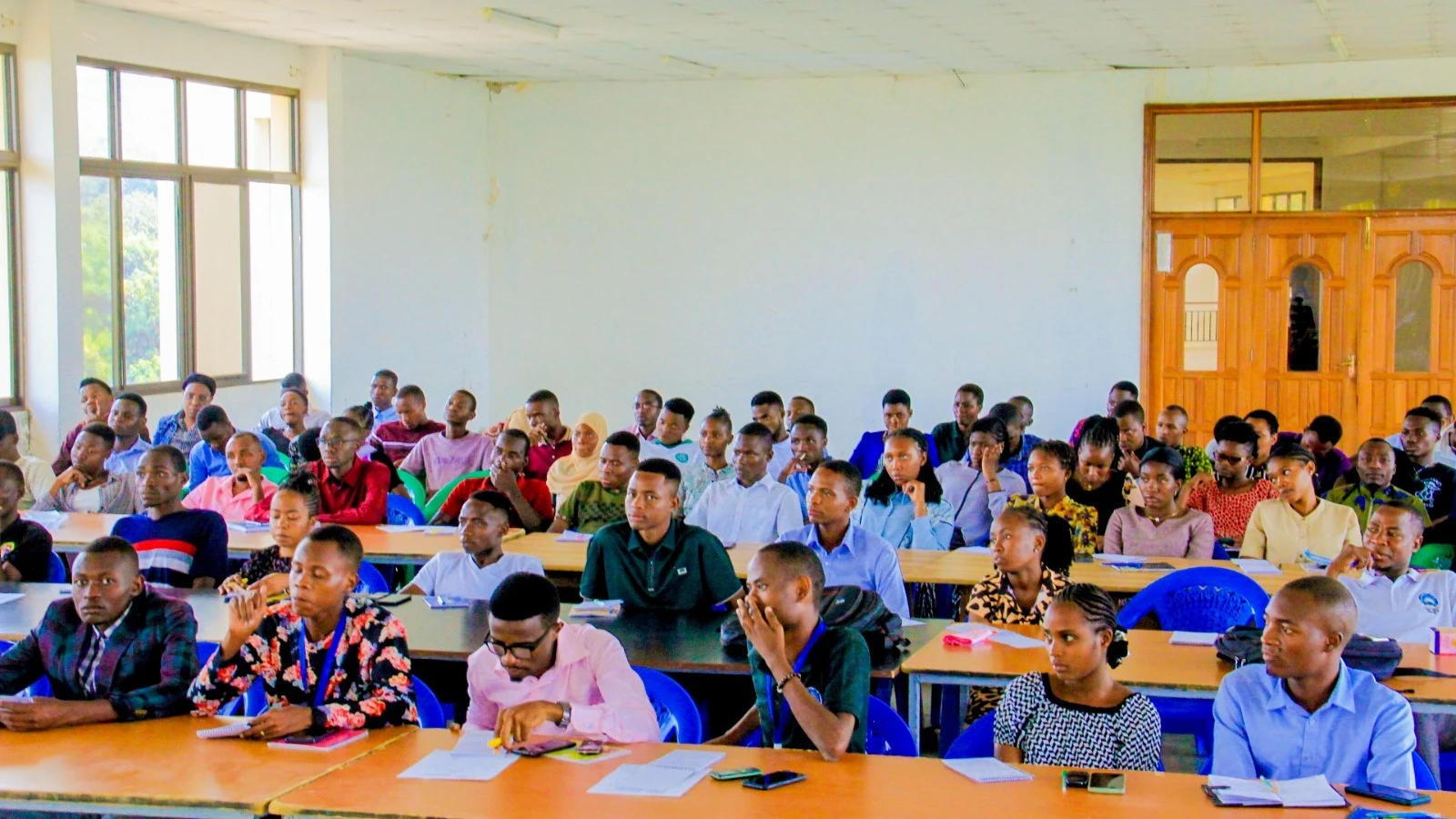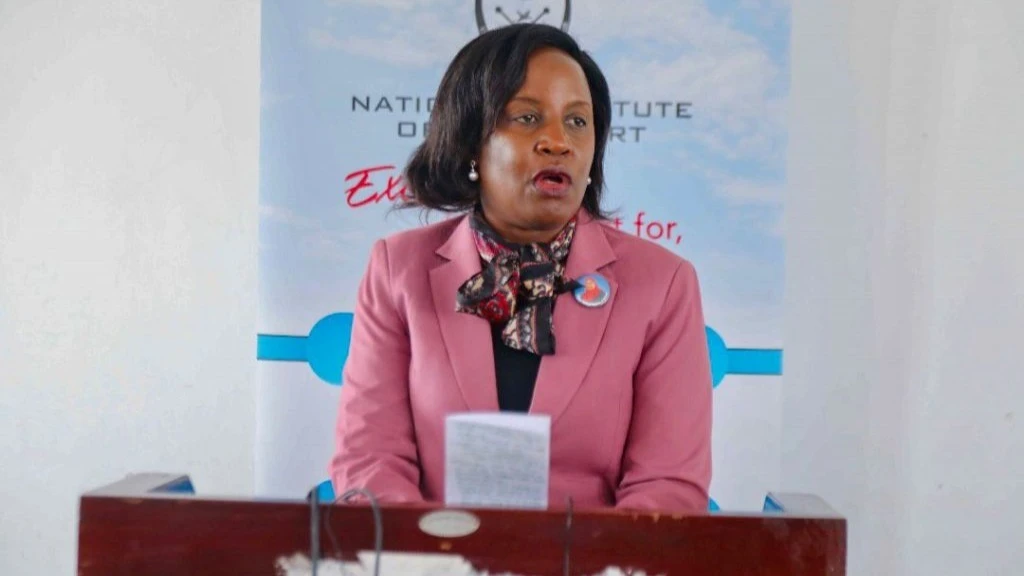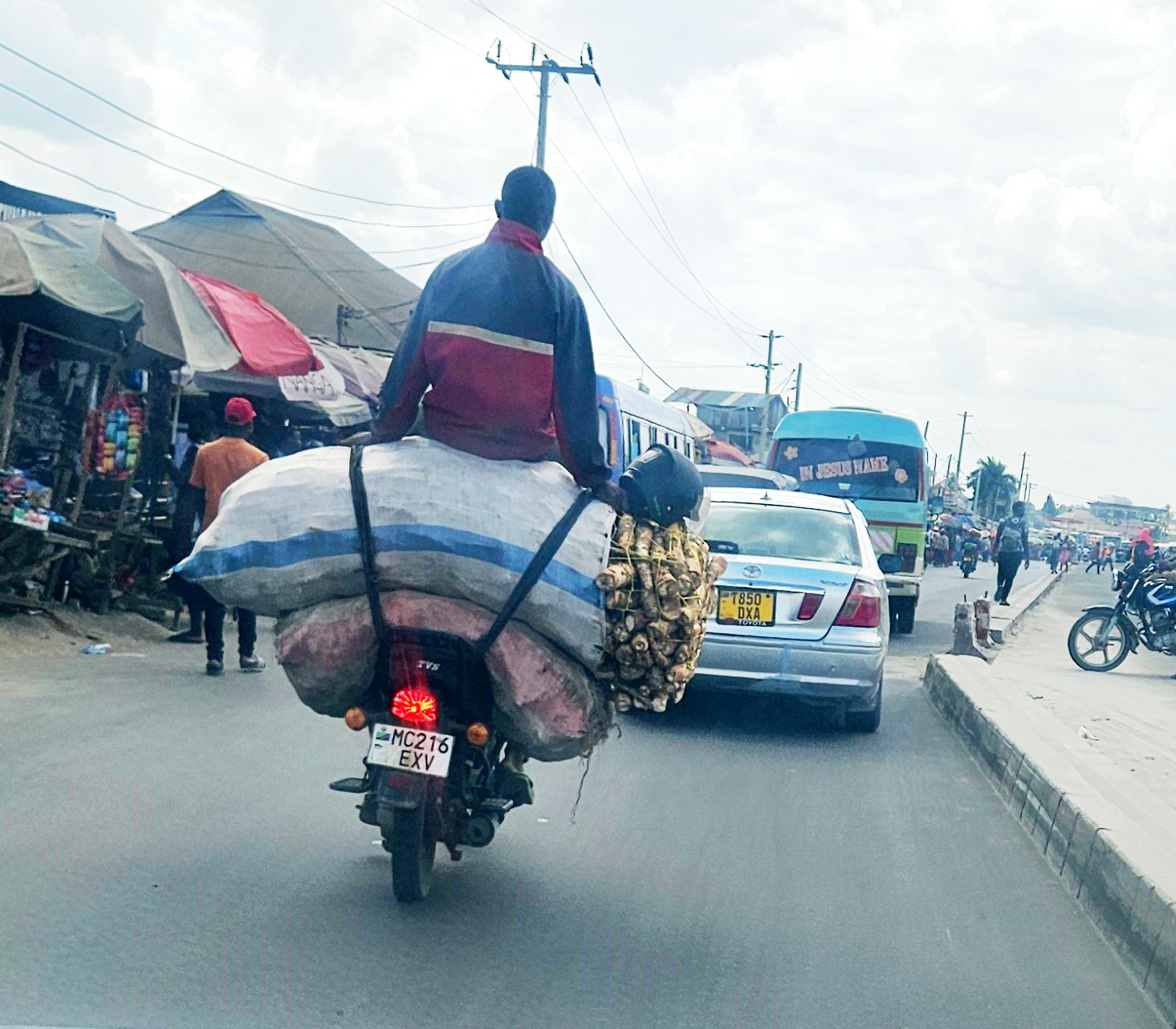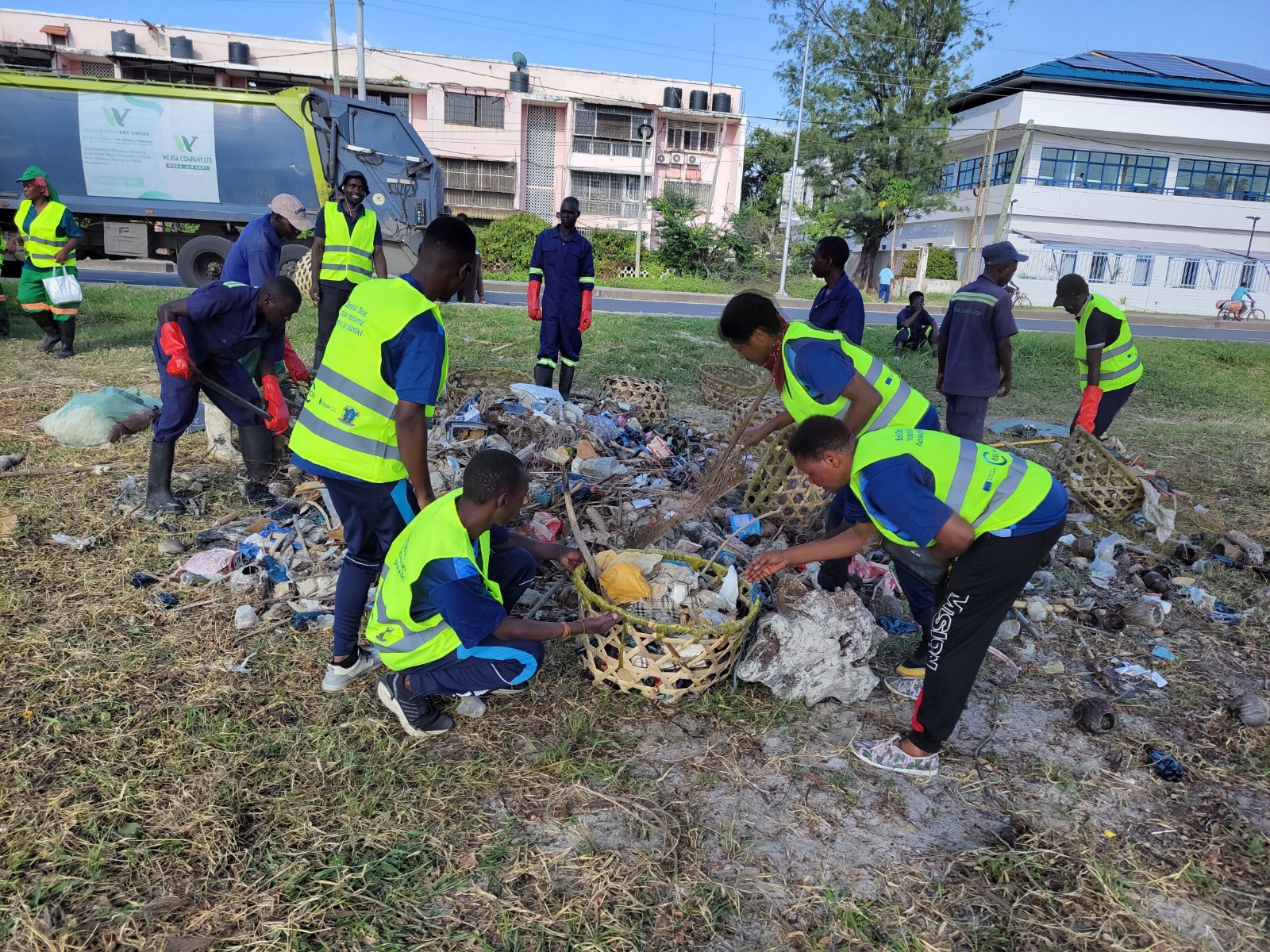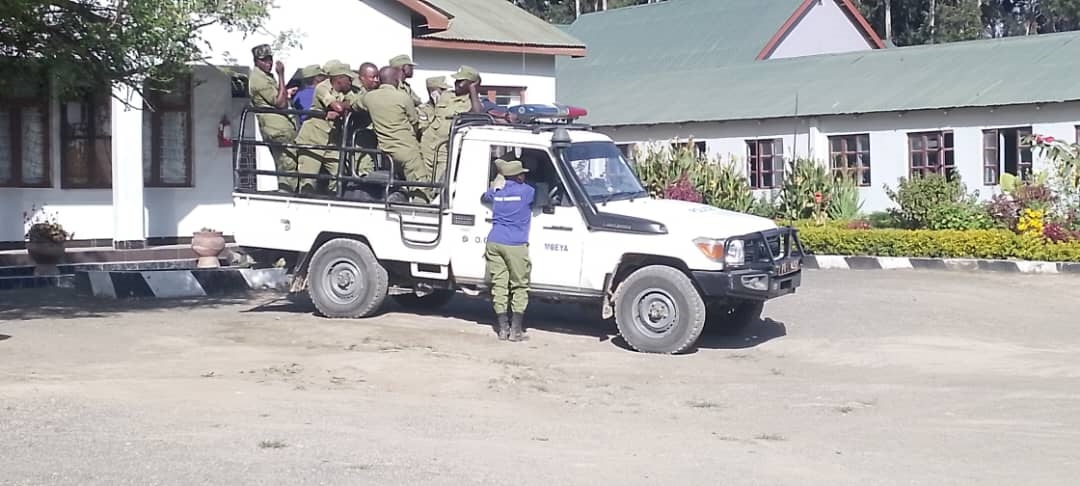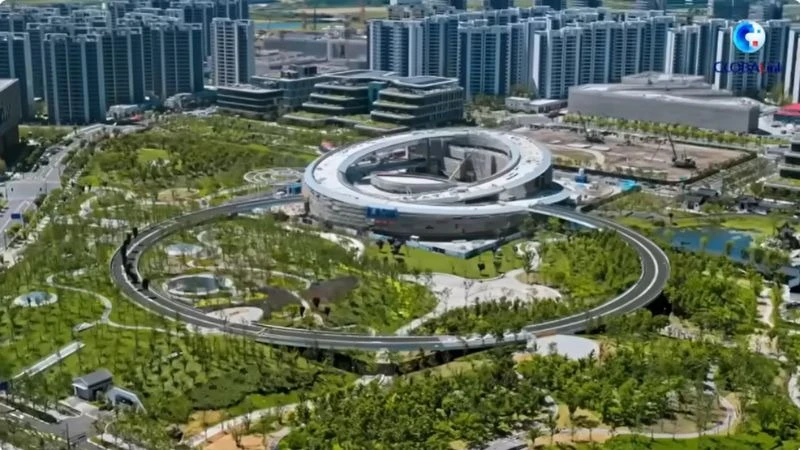NFRA in 1.2trn/- plan for grain storage expansion, purchases
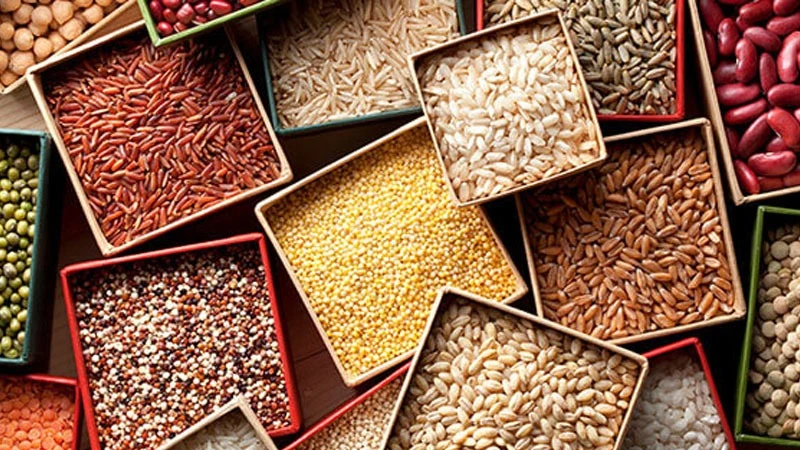
THE National Food Reserve Agency (NFRA) expects to spend 1.2trn/- in key projects for expand-ing grain storage and procurement systems.
Dr Andrew Komba, the NFRA chief executive officer, said in an exclusive interview here yester-day that the agency expects to expand grain storage capacity from 776,000 tonnes to at least 1.1m tonnes.
The funds, drawn from budget allocations and own revenues, will support a broad range of initia-tives, including building or revamping grain storage facilities, setting up mechanization centers, digital application in service delivery and large-scale purchase of cereals from farmers, he said.
New storage towers and silos are lined up, with renovations billed for Kipawa (Dar es Salaam) and Mazwi (Sumbawanga) warehouses, where 36.3bn/- has been allocated for the purpose by the Treasury, enabling 60,000 tonnes of storage space, he stated.
Land acquisition, layout planning and environmental impact assessments are underway in various regions, he said, hinting at a food security bond scheme to raise $490m from local and international lenders.
The funds will be used to build more silos and warehouses, particularly in the Southern Highlands zone, to add a further 300,000 tonnes of reserve capacity, he explained.
“Approval of the bond proposal is in its final stages within government circles. Once cleared, we expect to launch the scheme soon,” he declared, affirming that NFRA has allocated 800.6bn/- to purchase 800,000 tonnes of maize, 150,000 tonnes of paddy and an assortment of crops like leg-umes, millet, sunflower and sugar in the crop purchasing season starting mid-July.
Procurement centers will be listed in the coming week, with 72 purchase points across eight key regions in the lineup, where Dodoma, Dar es Salaam (at Kipawa), Njombe (at Makambako), Songwe, Rukwa (at Sumbawanga), Arusha zone (at Babati), long with Shinyanga and Songea are the principal centres, he said.
This year, NFRA will roll out a cloud-based digital food tracking system to enhance efficiency, transparency and accountability in its operations, replacing manual record-keeping to facilitate real-time stock management, goods received note (GRN) issuance and expenditure monitoring, he fur-ther noted.
“This technology helps us reduce human error, ensure faster service delivery and uphold transpar-ency in the management of public funds,” he added.
Top Headlines
© 2025 IPPMEDIA.COM. ALL RIGHTS RESERVED


